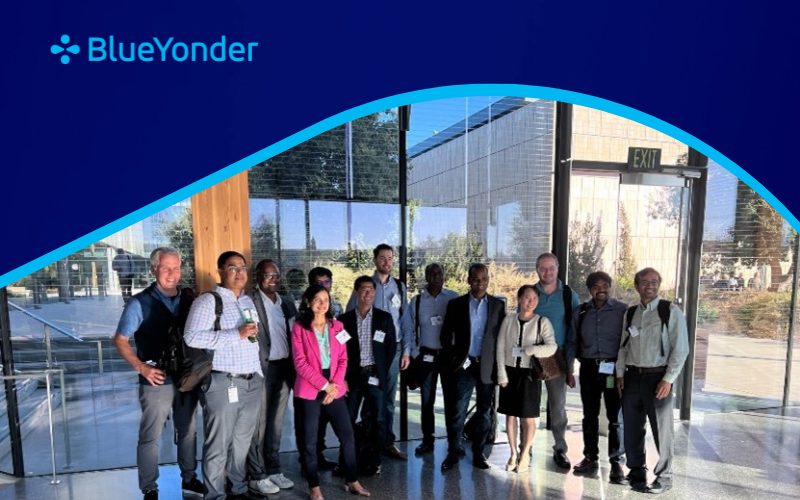People-Centric Transformations, Building Sustainable Supply Chains and Cognition – The Next Frontier in Supply Chains
Highlights from the High-Tech Industry Summit
Blue Yonder’s High-Tech Industry Summit, cosponsored by Microsoft and Ernst & Young LLP, brought together over 50 supply chain practitioners from 18 diverse high-tech companies to Microsoft’s Technology Center in Mountain View, California, in October. This annual event, which facilitates sharing ideas on supply chain innovations, has been a draw among customers and features many repeat attendees. This year, the room was near capacity, and the number of companies represented was at a record level.
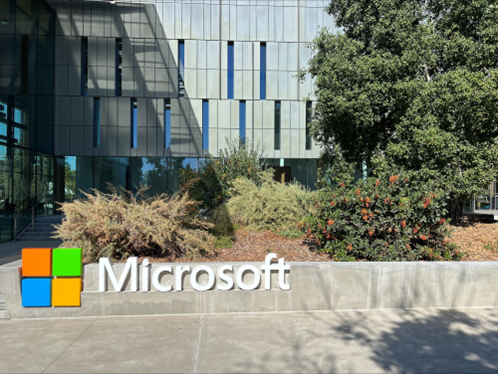
Puneet Saxena, Corporate Vice President of Manufacturing Industry Strategy at Blue Yonder, kicked off proceedings by welcoming attendees and setting the stage for the speakers and the panel discussion that were to follow. Puneet highlighted some of the current business challenges, including geopolitical conditions, inflation and threat of a recession, as well as the opportunities such as increasing investment in the semiconductor sector, emerging technologies such as artificial intelligence (AI)/machine learning (ML), and, more recently, generative AI (GenAI).
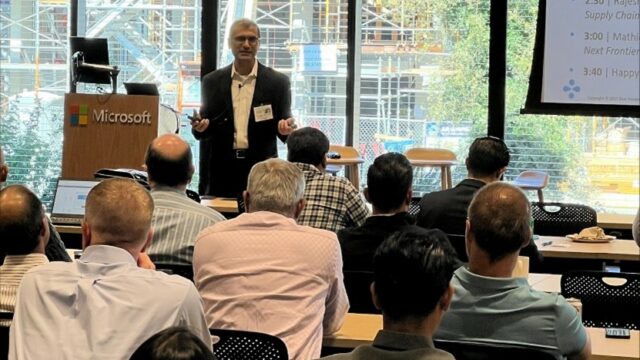
First up was Shiva Esturi, Vice President of Global Supply Chain Management at Micron, who talked about enabling supply chain as competitive advantage through a people-centric transformation innovation. Micron embarked on a transformation journey over four years ago, with the goal of becoming a Quad A (Aligned, Adaptable, Agile and Accountable) Value Chain. Micron has transformed its processes and relationships with customers and suppliers and used Blue Yonder’s Supply Planning and Inventory Optimization solutions to make its supply chain a competitive advantage.
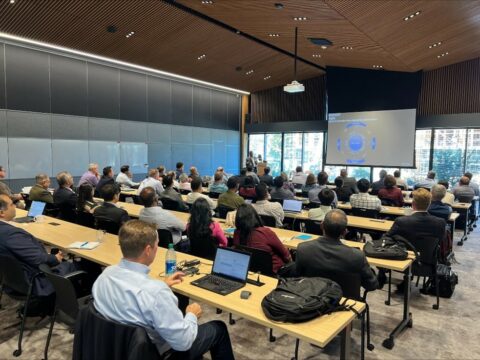
Companies often approach transformations by addressing the systems, process and people, in that order, and end up with change management issues that prevent them from realizing all the benefits. Micron turned this paradigm on its head, beginning with a people-centric mindset transformation before focusing on the process and systems. Some of the key elements of this involved:
- Setting aligned goals and objectives: Understanding the trade-offs between cost, service and speed
- Organizational design: Setting up a supply chain center of excellence
- People mindset: Educating the team on supply chain best practices and helping companies figure out what is right
- Focus on wellbeing: Creating a culture of flexible work and sustaining peak performance
Micron used innovate-a-thons to create people-led technology roadmaps. Micron associates learned from experts in several areas, such as blockchain, robotic process and AI/ML, and drove the ideation process to utilize these in their areas to generate company growth. The results are evident, with 80% of Micron’s customers ranking the company No. 1 or No. 2 in supply chain performance, as well as Micron being featured in Gartner’s Top 10 list of High Tech Supply Chains for the first time. Kudos to the Micron team!
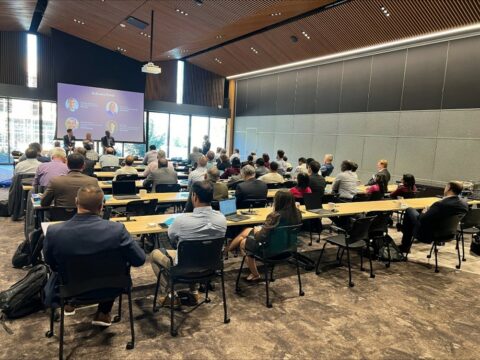
Next up, Puneet moderated a panel discussion that featured Ryan Inouye, Vice President of Supply Chain at Western Digital; Jen Guda, Supply Chain Management IT Director at Analog Devices; and Mohan Dhamodaran, Senior Director of Supply Chain Management and S&OP at Marvell. In an engaging discussion, the panelists shared their perspectives on topics such as:
- What have been some of the largest changes in how they approach supply chain management at their companies
- With new challenges on the horizon — geopolitical tension (U.S., China, Ukraine, Middle East), high interest rates, concerns about recession, etc. — what they see on the horizon from their vantage point and what they are doing to prepare for it
- How their organizations are thinking about leveraging ML and generative AI in the context of supply chains and other business functions
- The role of supply chain talent and what they are doing to help cultivate such talent in their organizations
- Key expectations from technology in their roles as an IT and/or supply chain professional in their organization
Next, Indranil Sircar, CTO of Manufacturing & Mobility at Microsoft, spoke on “Generative AI in Supply Chains With Microsoft,”addressing a topic that the audience was eager to hear about. Indranil provided an overview of how AI and ML technology has evolved and Microsoft’s Azure OpenAI toolkits. Some of the use cases of OpenAI include content generation, summarization, code generation, semantic search and copilots. Microsoft Copilot provides an enhanced user experience to assist humans with complex cognitive tasks and increase productivity.
Supply chain processes from sales and operations planning (S&OP), vendor management, and demand and supply planning to logistics offer exciting possibilities for harnessing the power of generative AI. One example shown was in the context of an integrated business planning/S&OP process. Copilot in Microsoft Teams helps with:
- Real-time summaries
- Contextual notes
- Assigning talks
- Pros and cons of the decisions made
- Next steps for the future meetings
Indranil concluded by giving a glimpse of how Blue Yonder is employing generative AI in its suite of cognitive planning applications.
ESG (environment, social and governance) is a top priority and part of the boardroom agenda for technology, media and entertainment, and telecommunications (TMT) companies. Rajesh Rao, Principal and TMT Supply Chain & Sustainability Leader at Ernst & Young LLP, spoke about “How TMT Companies Can Build a Sustainable Supply Chain” and how supply chain leaders can address this within their companies. He started off by highlighting the multifold impact this sector has on ESG through the sustained value their products and services deliver, creating equitable opportunities for society and responsible conduct. At this same time, TMT companies are one of the major contributors to Scope 3 emissions through the goods and services procured through their extended value chains.
Rajesh described the concept of a circular business model where the value of consumed materials is recovered through increased recycling. In this model, sustainability must be a key consideration along the entire process from design and source to make and deliver. The EY framework and suite of solutions enable TMT companies to accelerate their transition toward sustainable supply chains. Some relevant use cases include:
- Integrating value chain data in the journey to evolve to net zero
- Role of PLM (product lifecycle management) in integrating circularity into product design and its ecosystem
- Optimizing reverse logistics in the returns process
Rajesh concluded by summarizing the C-suite considerations and offering a four-step process companies can follow to take concrete steps towards ESG.
The final presentation of the day was by Mathieu Linder, Vice President of Product Management at Blue Yonder. In his session, titled “Cognition: The Next Frontier in Supply Chain Innovation,” Mathieu provided an overview of Blue Yonder’s new innovations through a live demonstration. Today’s supply chains require us to process information and react to opportunities and risks in near real time. Blue Yonder’s cognitive solutions draw on its proven capabilities that customers have been using for years, enhanced with the power of a unified data cloud, Powered by Snowflake, a microservices architecture and embedded AI/ML capabilities.
In his demonstration of Blue Yonder’s Cognitive Integrated Business Planning solution, Mathieu showed how risks and opportunities can be evaluated in near real time in an S&OP context. ML forecasting microservices providing instantaneous predictions to changing causals, scenario automation using polytope analysis, an analytics-oriented user experience and an integrated generative AI-based tool that delivers further insights into data plus guided recommendations were all highlights of the session. With Cognitive Demand Planning available today, Cognitive Integrated Business Planning being released at the end of this year and cognitive releases planned throughout 2024, Blue Yonder continues to march forward in the journey to create the Supply Chain Operating System for the World.
We’ll now be watching these thought leaders take their supply chains to the next level using modern cognitive technology coupled with talented people and innovative business process design.
This blog was written by Hemant Chickermane, Senior Director of High Tech and Semiconductor Industry Strategy at Blue Yonder.

